

Coffee Ends. Types of endings in the coffee experience.
It can be incredibly insightful to examine everyday experiences through a different lens of ends. Take something as simple as grabbing a coffee with a friend; this seemingly mundane event offers a fascinating way to understand various types of "endings" we encounter in the consumer world. By analysing this common scenario, we can build a stronger vocabulary for discussing and identifying how experiences conclude.

The End Gap.
The issue of consumerism is complicated. To clarify endings within this fog, I want to identify a gap which is made up of fundamental problems. This gap happens between the consumer’s regular usage of the product and its end or demise. At this stage the engagement of the consumer with their product fades, activities lessen, interest wanes. This gap has four commonly-observed characteristics.
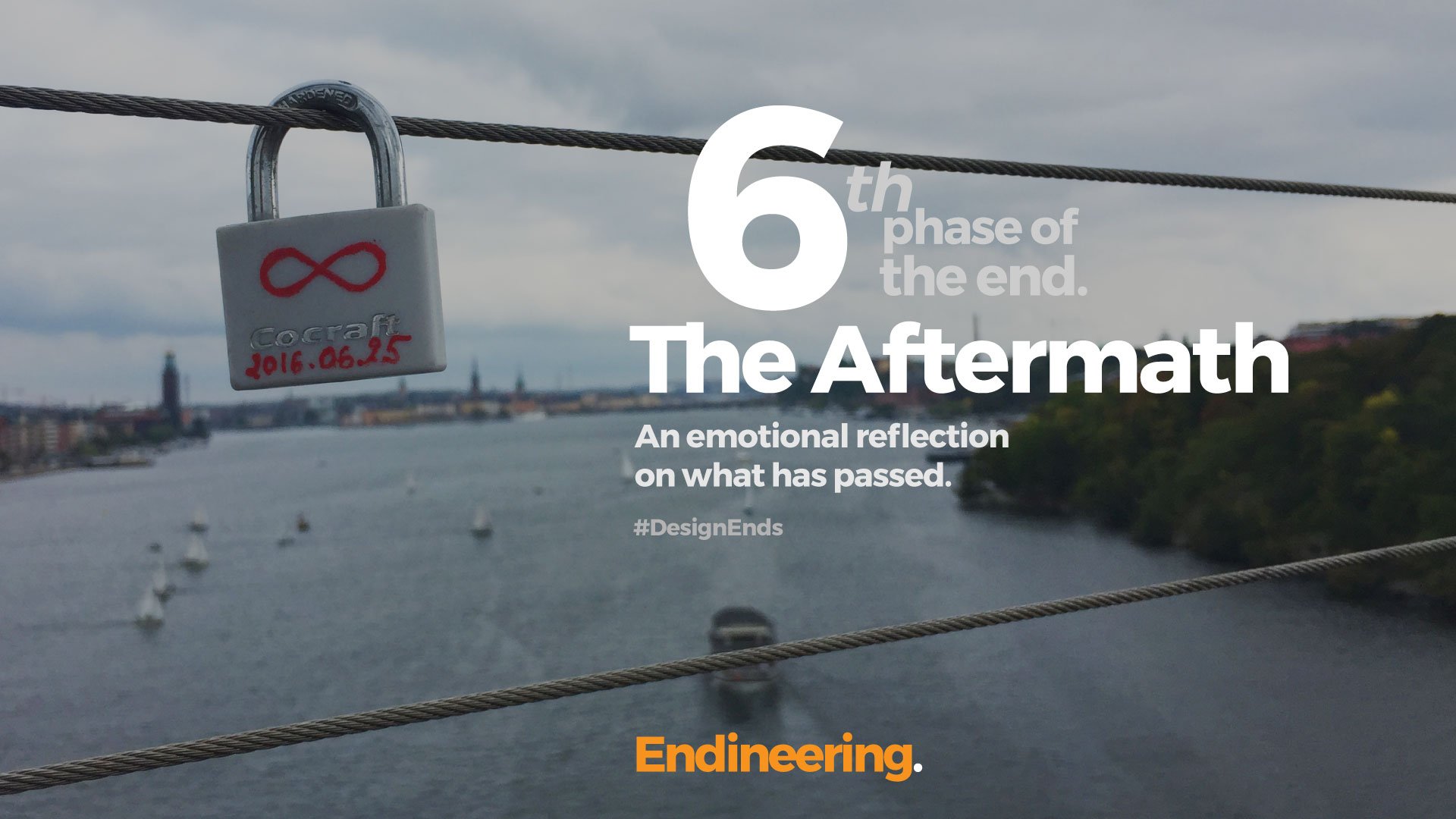
Phase 6 of ending: The Aftermath.
An emotional reflection on what has passed
As a consumer journey ends, emotions often run high. The aftermath phase is a time of reflection—emotional, volatile, and often chaotic. Unlike earlier stages in the consumer lifecycle, where experiences are carefully designed and predictable, the end is unstructured. It’s a stark contrast, but it’s also where true growth and understanding can emerge.

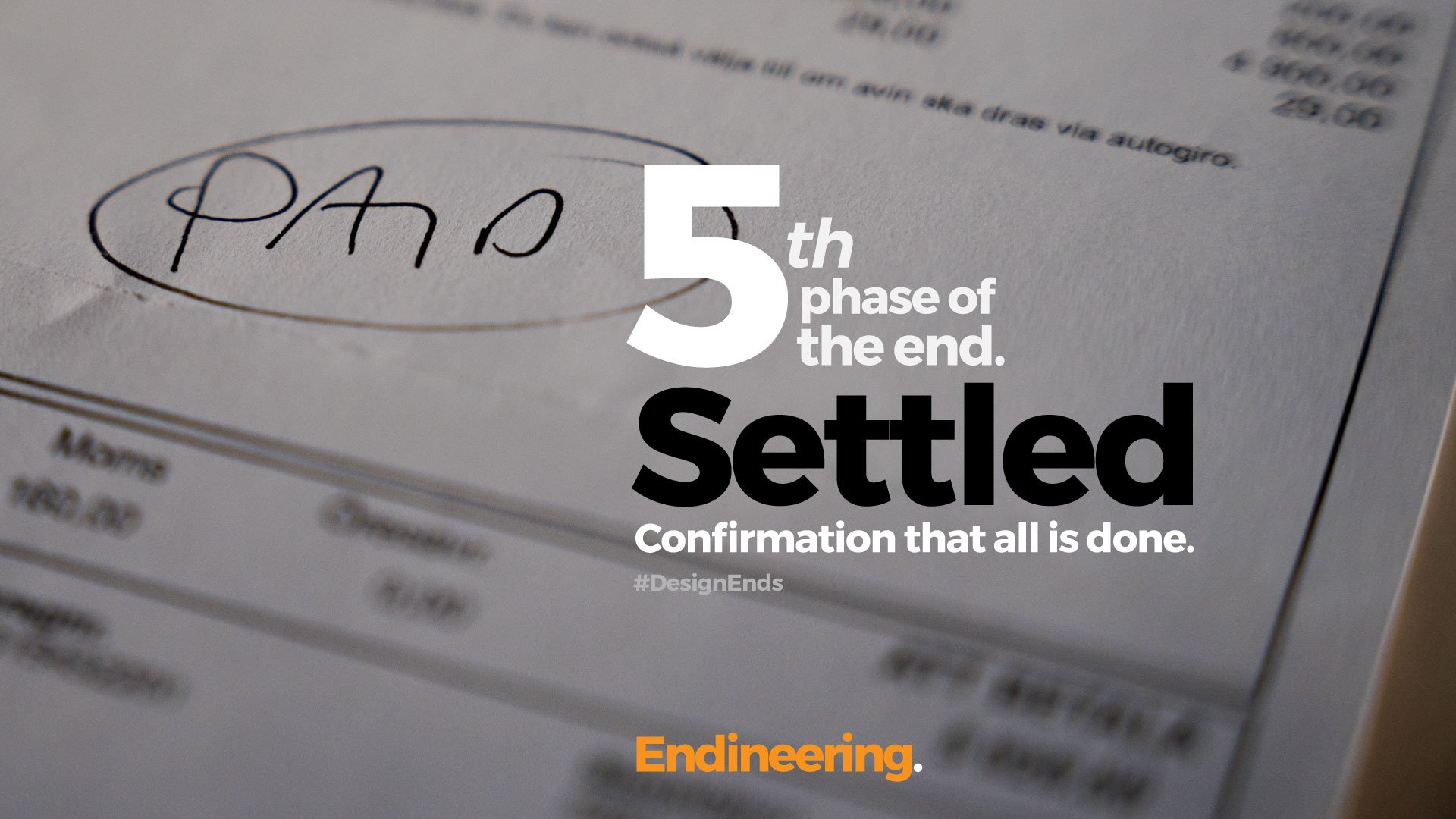
Phase 5 of ending. Settled.
Phase 5 of ending. Settled.
Confirmation that all is done
At this point both parties should be feeling satisfied that the end has come. It should resolve the financial debt, the obligations and the material exchange, with the aim of maximising closure. Everyone is being informed that the process is complete, which is vital in keeping the ending clear.
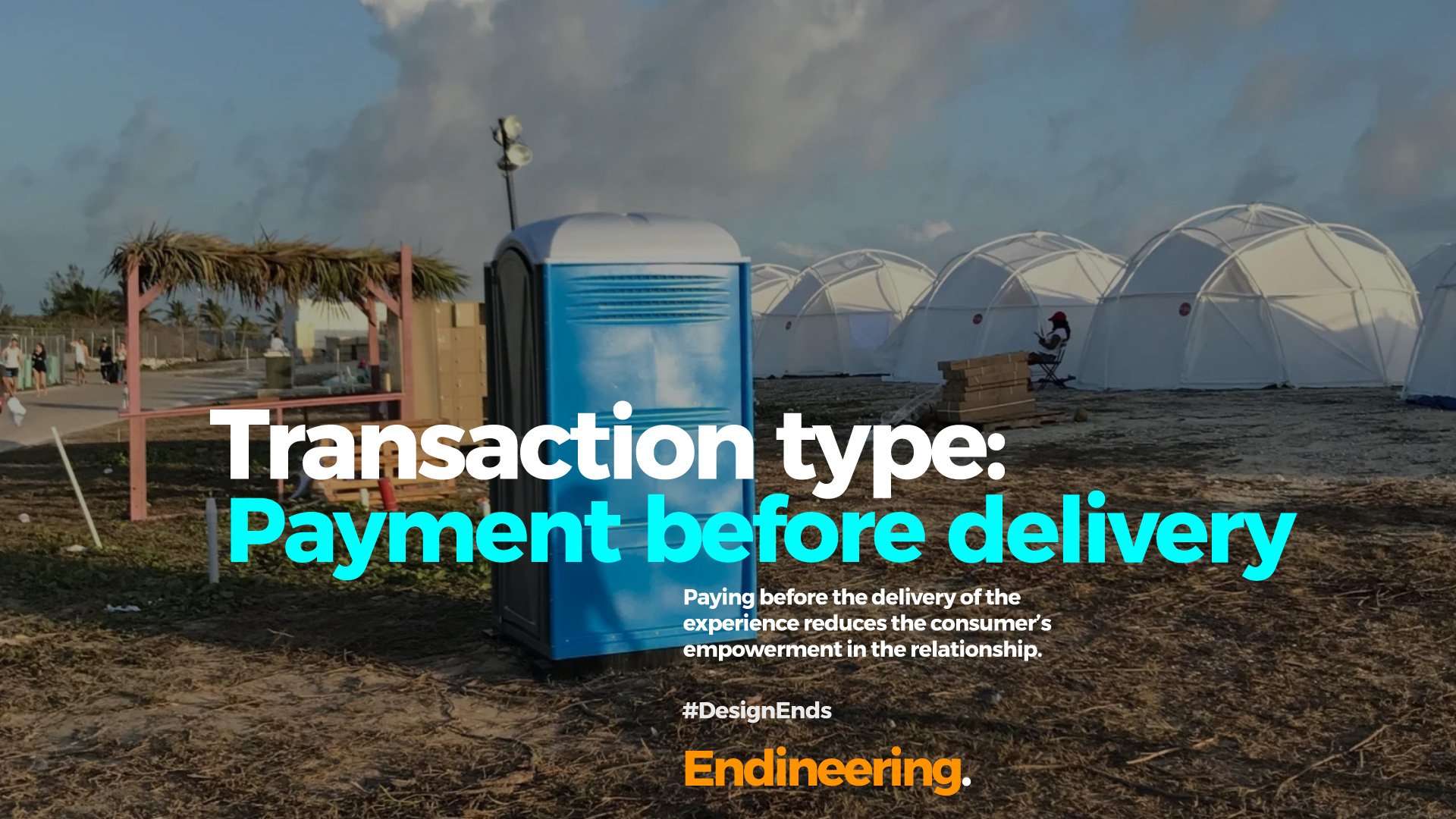
Transaction types: Payment before delivery
Paying before the delivery of the experience reduces the consumer’s empowerment in the relationship. Transparency is reduced, with the consumer unsure of the details of the service to be provided until its completion. This limits the ability of the consumer to negotiate value or have a frank discussion with the service provider. The customer would usually have to make an effort to have their complaints heard, possibly in some formal, systematic way that further distances the service from the customer.
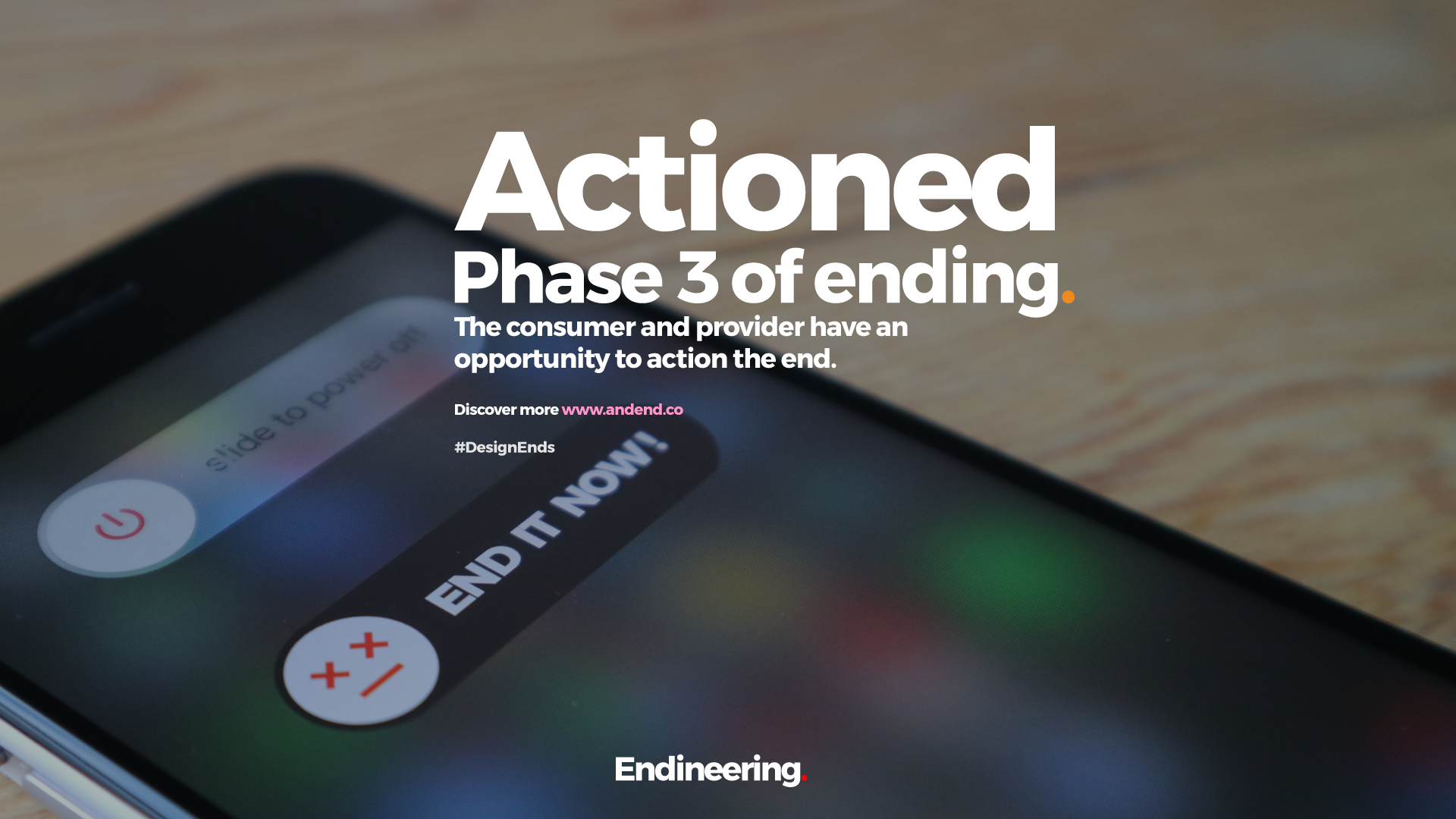
Phase 3 of the end. Actioned
The consumer and provider have an opportunity to action the end.
After both parties acknowledge that the end is going to happen, events with a purpose start to take place. The participants will be moving beyond words and intentions to changing states and moving matter.
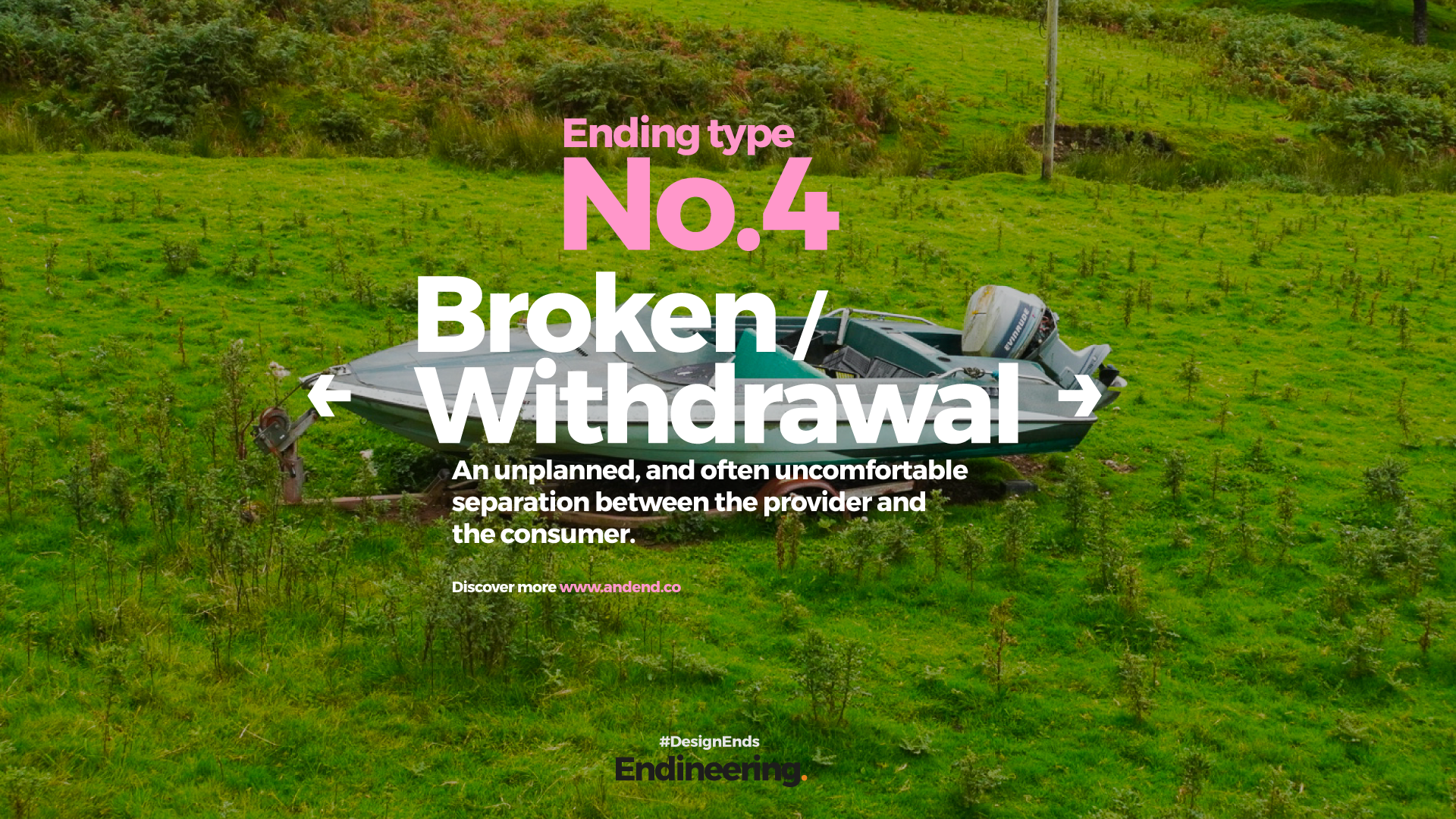
Ending Type: Broken / Withdrawal
This may be defined as an unplanned, and often uncomfortable separation between the provider and the consumer. For products, we experience items ending through poor manufacture or exceeding the expectations of normal usage. Common examples could be burning through a pan in the kitchen or finding a newly-purchased item shattered on delivery.
For services, consumers often have to sign some sort of contract. This could be an agreement between the provider and consumer describing the service delivery. Such an agreement usually has a planned type of ending written into it. It might be that a Time Out ending, or a Task/Event has been completed.
If the service breaks outside these planned endings, then the situation often gets legal and uncomfortable.
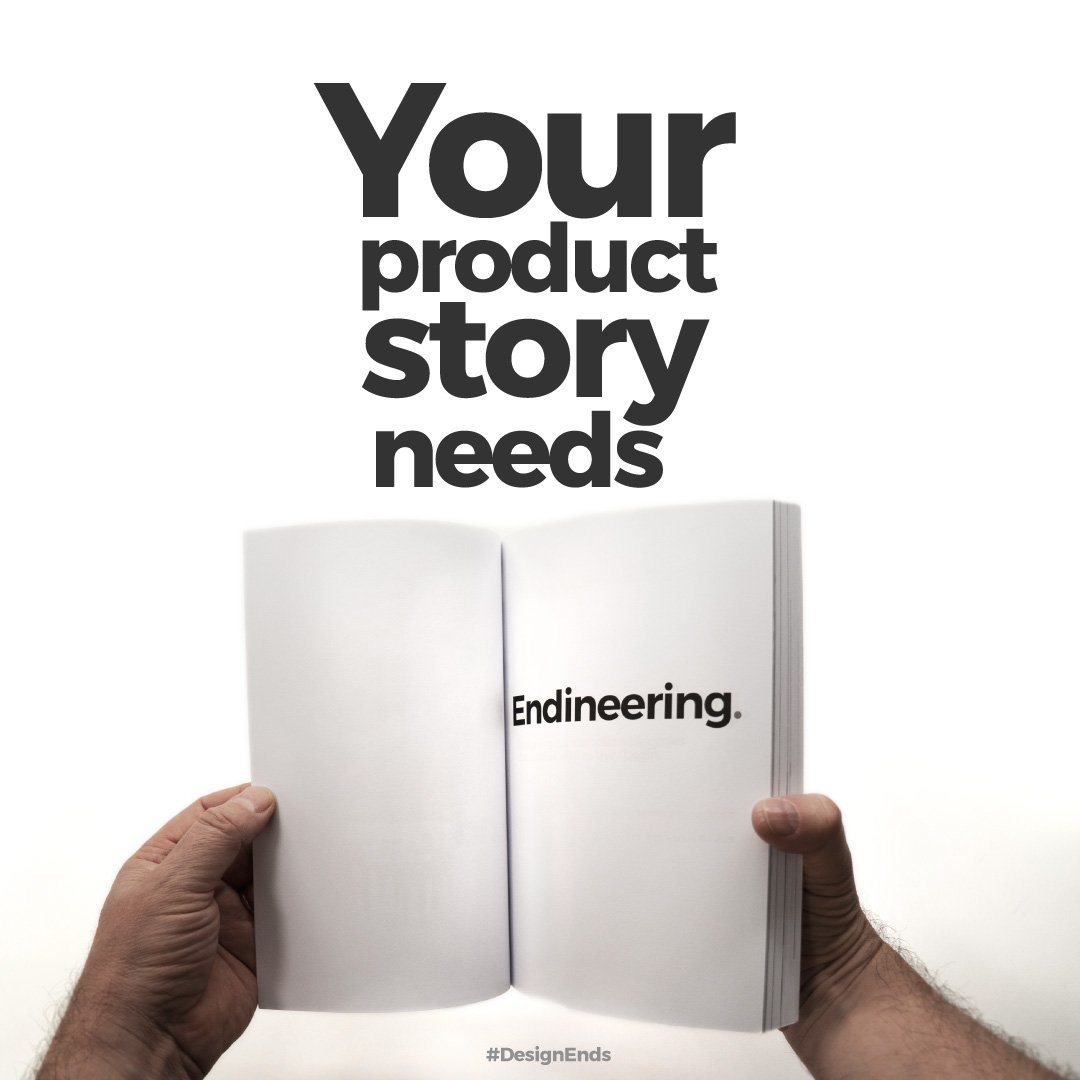
Your product story needs endineering.
Branding often talks about telling the authentic story to the consumer. Telling the story of the product. But how far does that really go? It’s rarely all the way to the end. Are brands and product missing the best part of the story?
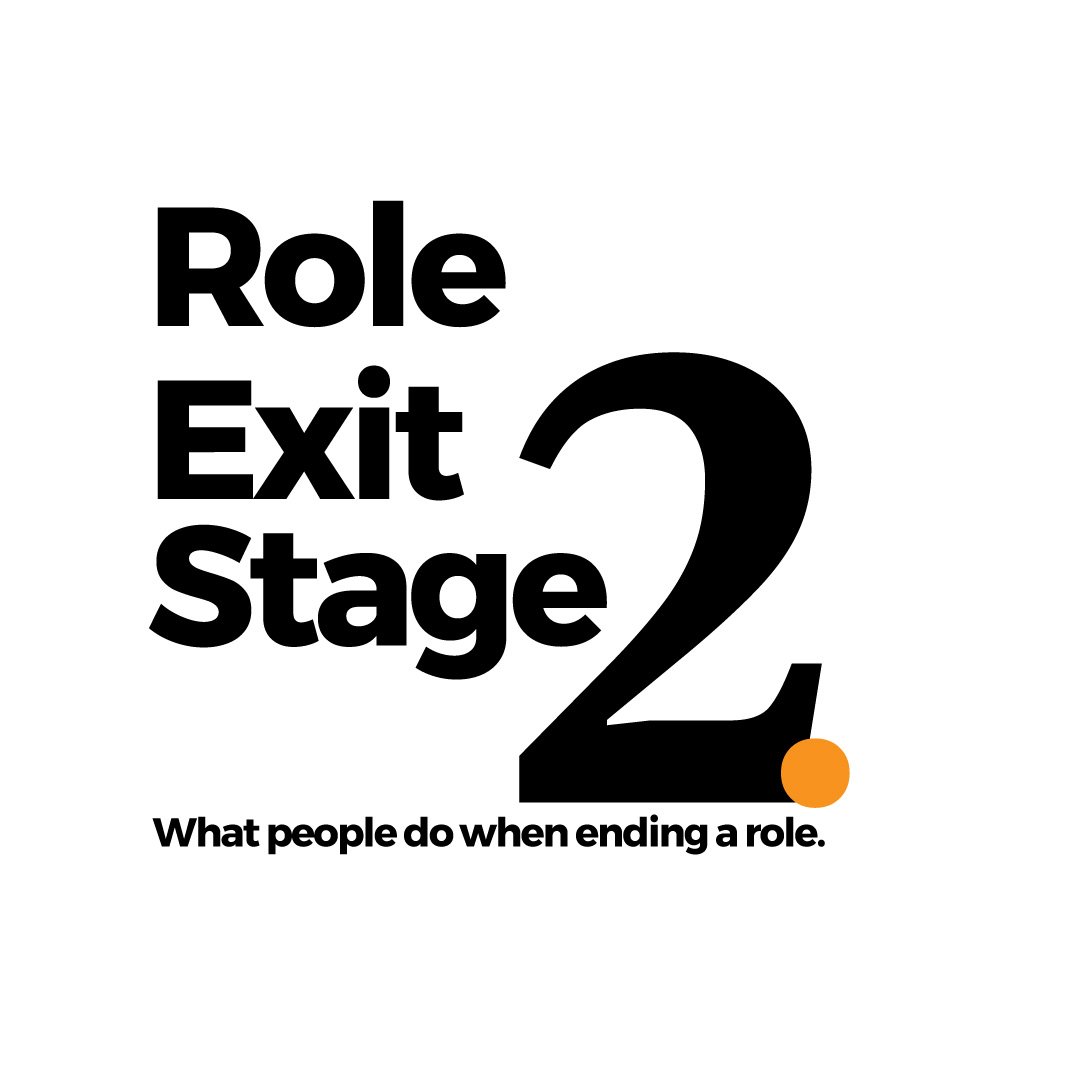
Role Exit stage two
Role Exit second stage
Now the individual has come to the acknowledgement (First Stage of Role Exit) that they need to change roles, they will start to actively seek alternatives.
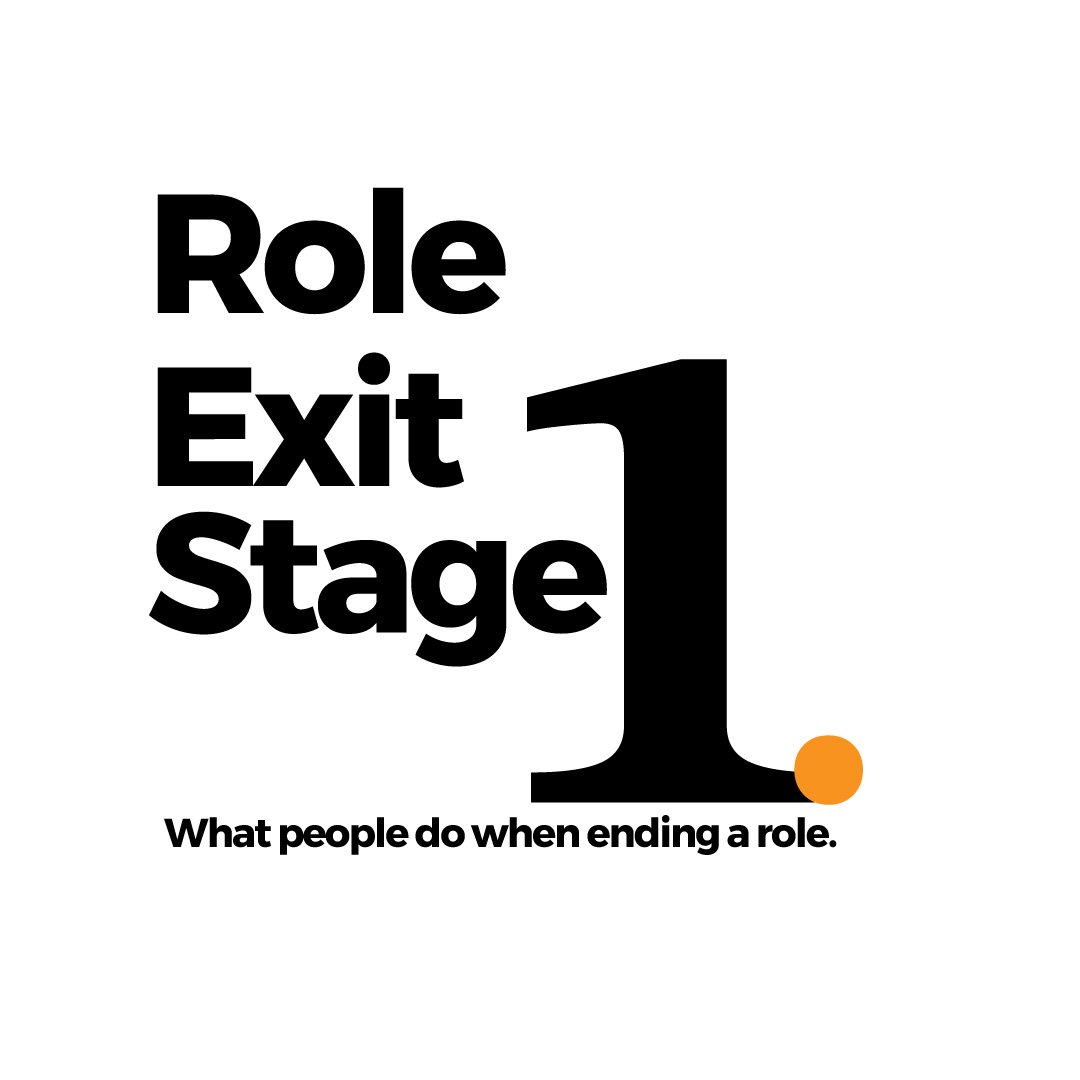
Role Exit stage one
Role Exit stage one.
The wonderful book, Becoming an Ex, by Helen Rose Ebaugh, reflects what people go through when considering changing their role in a variety of situations, whether this is a job, a relationship, or their services and products.
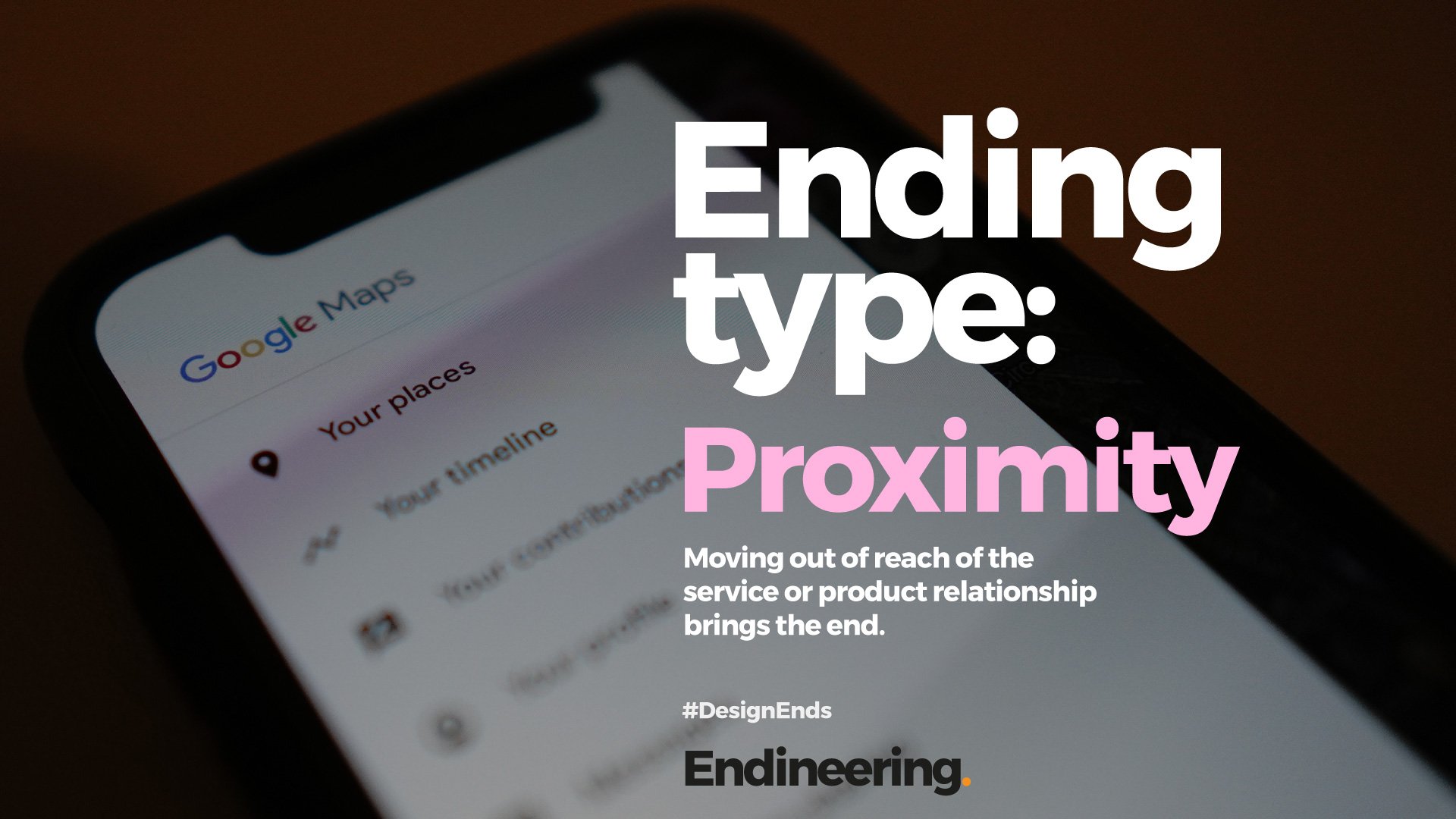
Ending Type: Proximity
Moving out of reach of the service or product relationship brings the end.
This kind of ending occurs when the experience ceases because the location has changed. When a person has moved away, they might be outside the distribution of service coverage. In digital, consumers experience a proximity type ending when they move from one digital platform to another. This could be Apple to Android, for example. Apps and data that were once available have now moved out of reach.

Ending Type: Exhaustion / Credit out
Services or products that are based on a finite or numeric value. Once that value is exhausted the service or product end.
Examples included: batteries being discharged, food being consumed, and tyres being run bald. In digital we can see examples of storage being filled up. A currency is common - Dollars, Pounds, Euros, for example. But it may also be represented by a pseudo currency, such as points or credits which have been created by the provider. Some national authorities use a points system such as points on your driving licence (UK) or 3 strikes law in the (US).
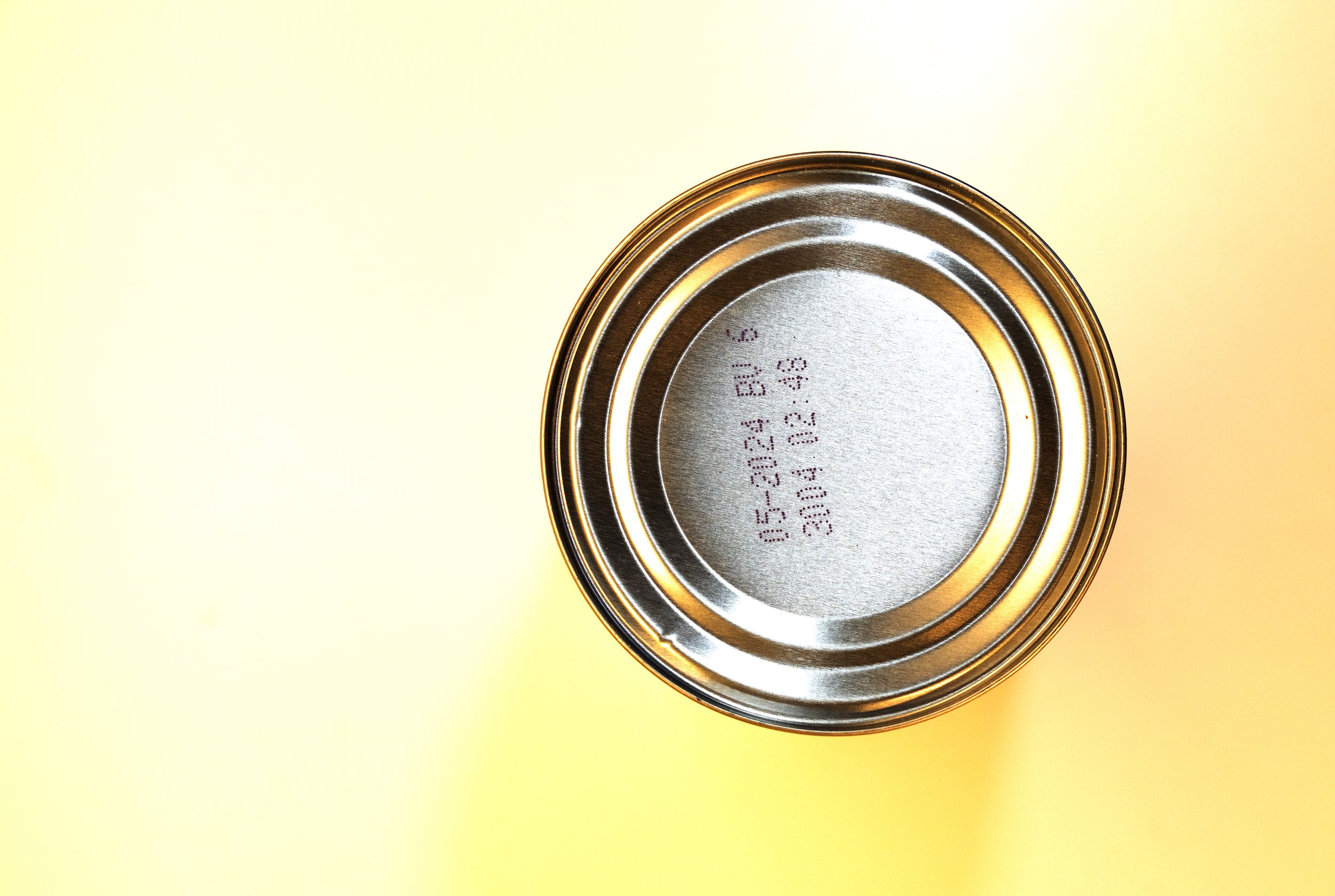
Ending Type: Time Out
Time Out Ending Type
A Time Out type ending is a product that is delivered over a fixed period.
Such endings could include: a 3-year education course, or a 2-week holiday. Once that period has expired, then so does the service.
For physical products, this could be a sell-by-date or a warranty period. Past which the manufacture or supplier believes the product will be subject to ware & tare or decay that risks the ideal product experience.
For digital products this might be a 1-year subscription to a computer application, or a 24-hour rented film.
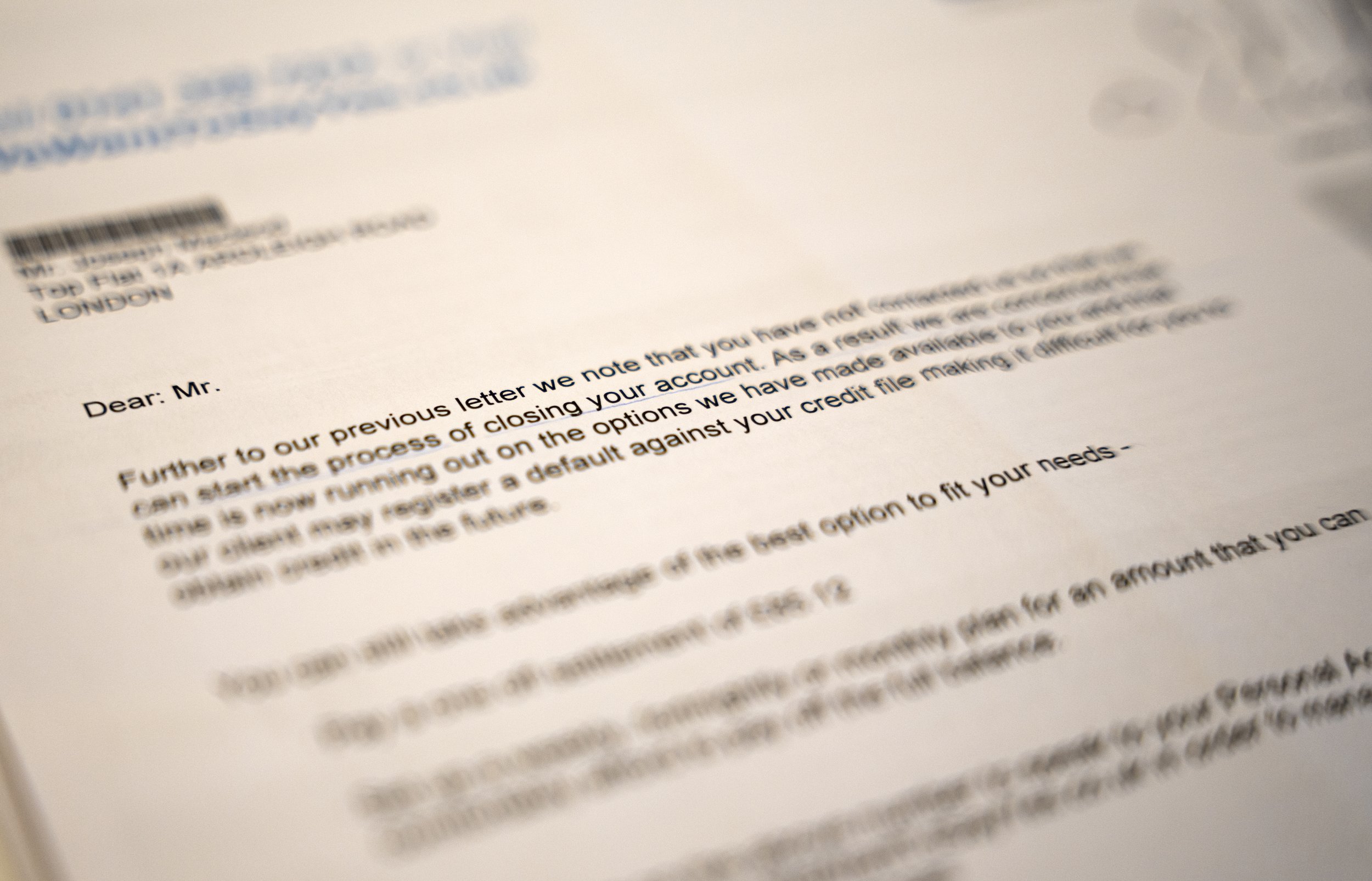
Phase 2. Acknowledged.
Phase 2. Acknowledged.
Both parties acknowledge the relationship should end.
After the crack of doubt, both parties will seek to formalise the ending. This could be a verbal announcement to service staff for example, asking for the bill in a restaurant.
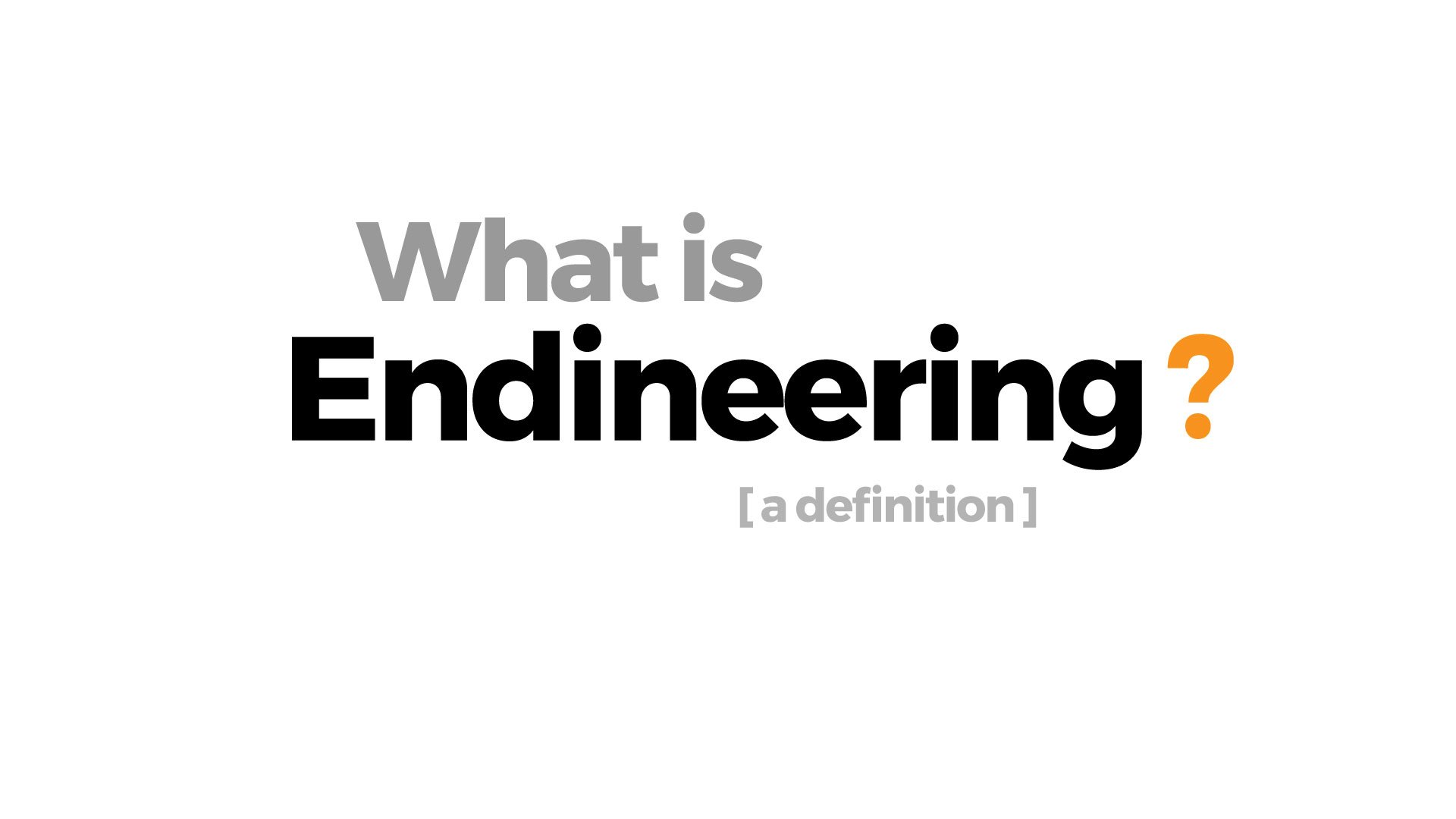
What is Endineering?
What is Endineering?
This is a definition of Endineering and the practice of designing consumer off-boarding experiences.
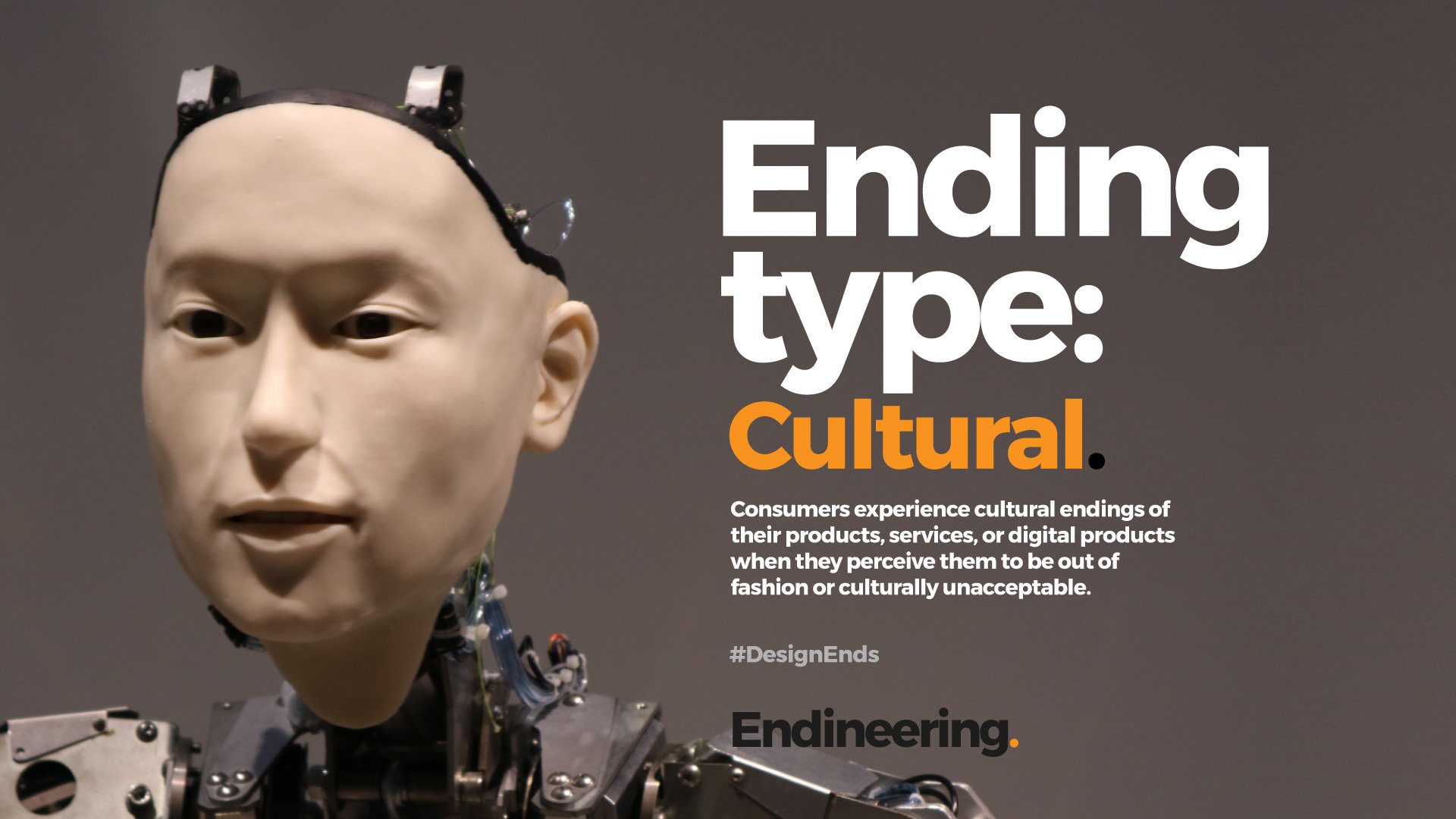
Ending Type: Cultural
Cultural ending: Consumers experience cultural endings of their products, services, or digital products when they perceive them to be out of fashion or culturally unacceptable.
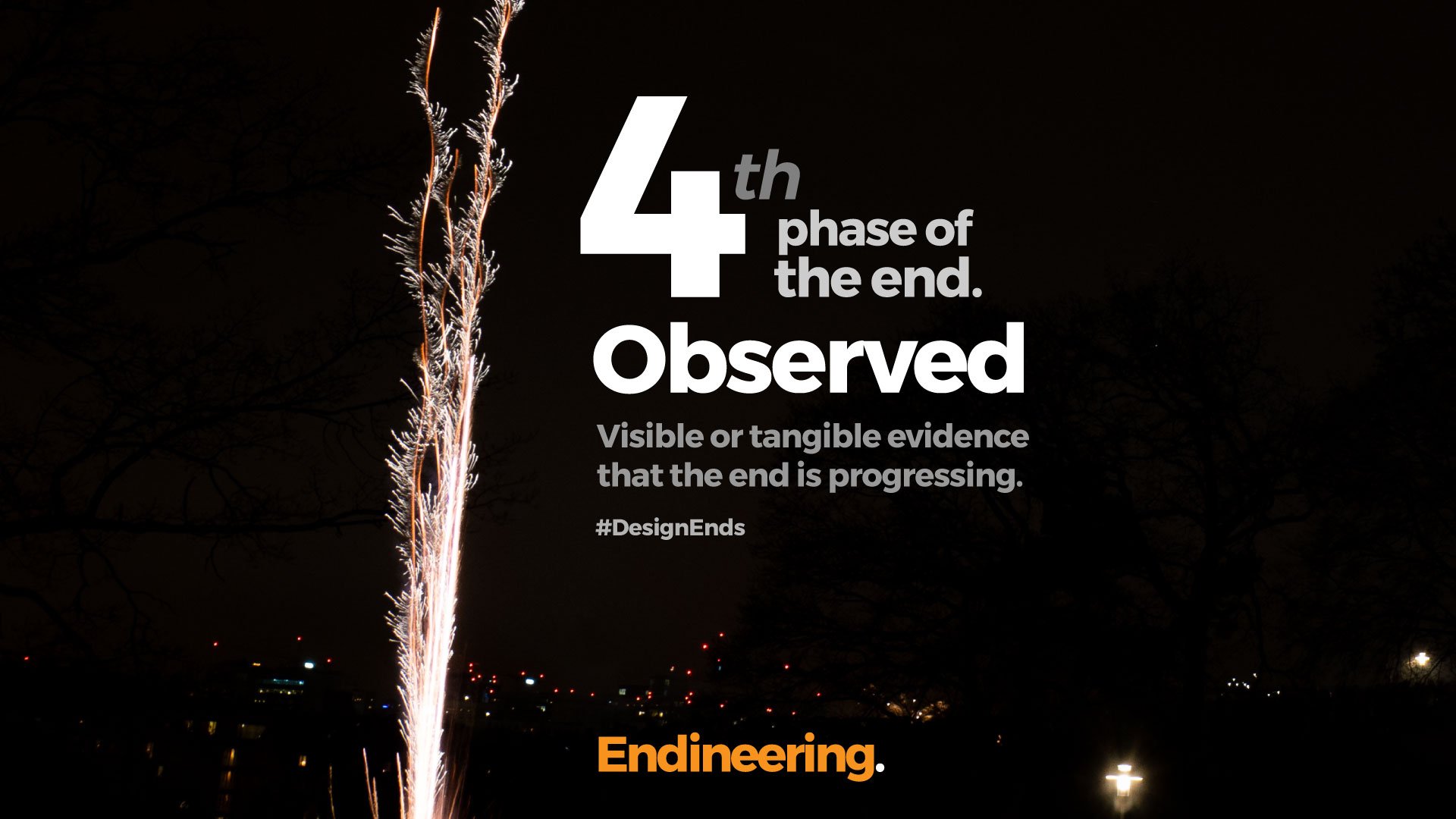
Phase 4. Observed.
There are 7 phases of the consumer off-boarding experience. Each one has different characteristics, needs and opportunities. The fourth of these phases is Observed, where the consumer experiences visible or tangible evidence that the end is progressing.
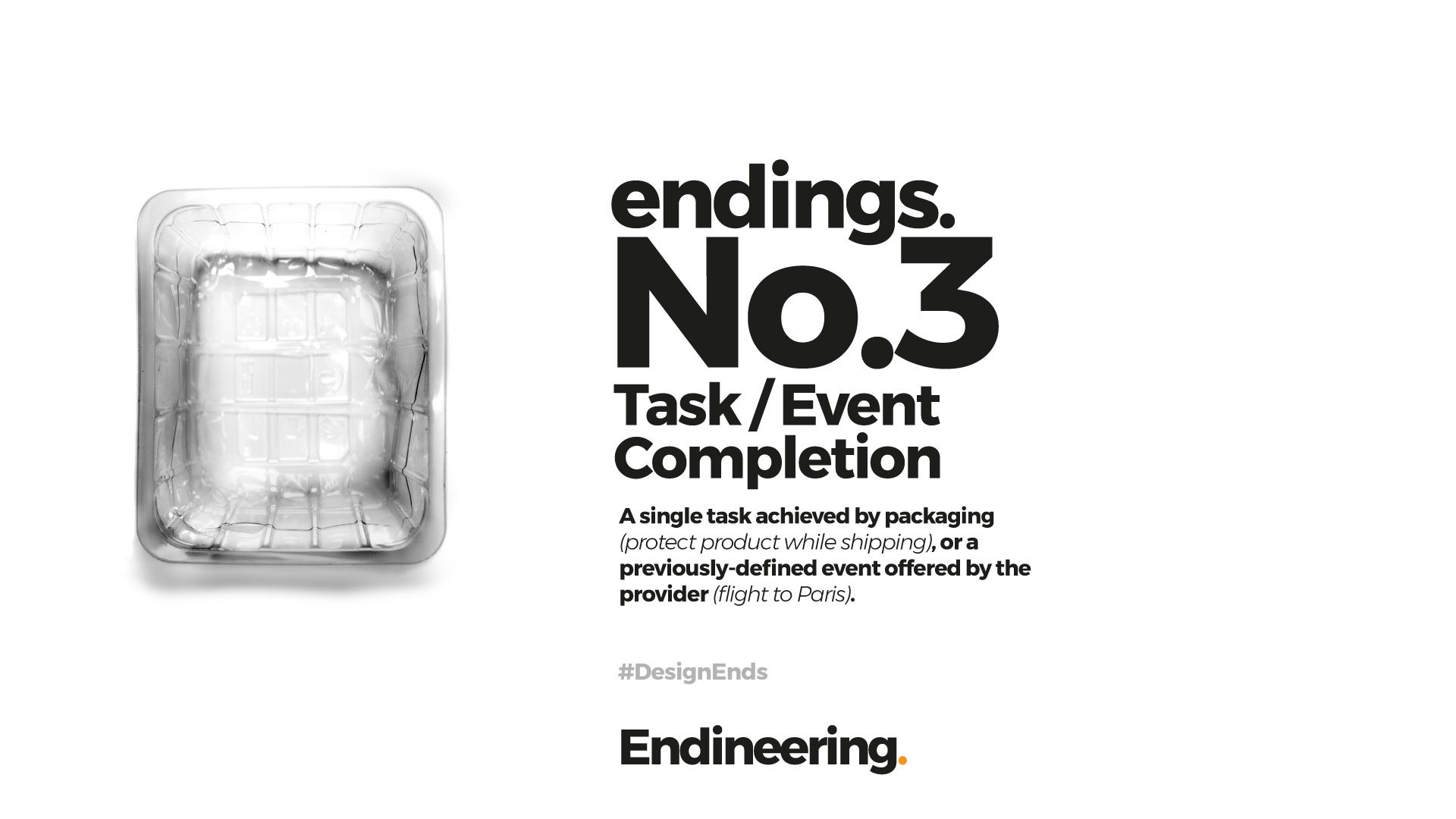
Ending Type: Task / Event completion.
Ending type No. 3. Task / Event Completion.
A single task achieved by packaging (protect product while shipping), or a previously-defined event offered by the provider (flight to Paris), or a task agreed between the consumer and the provider (fix my tap). Once this task / event has taken place to the satisfaction of parties, the experience has ended.
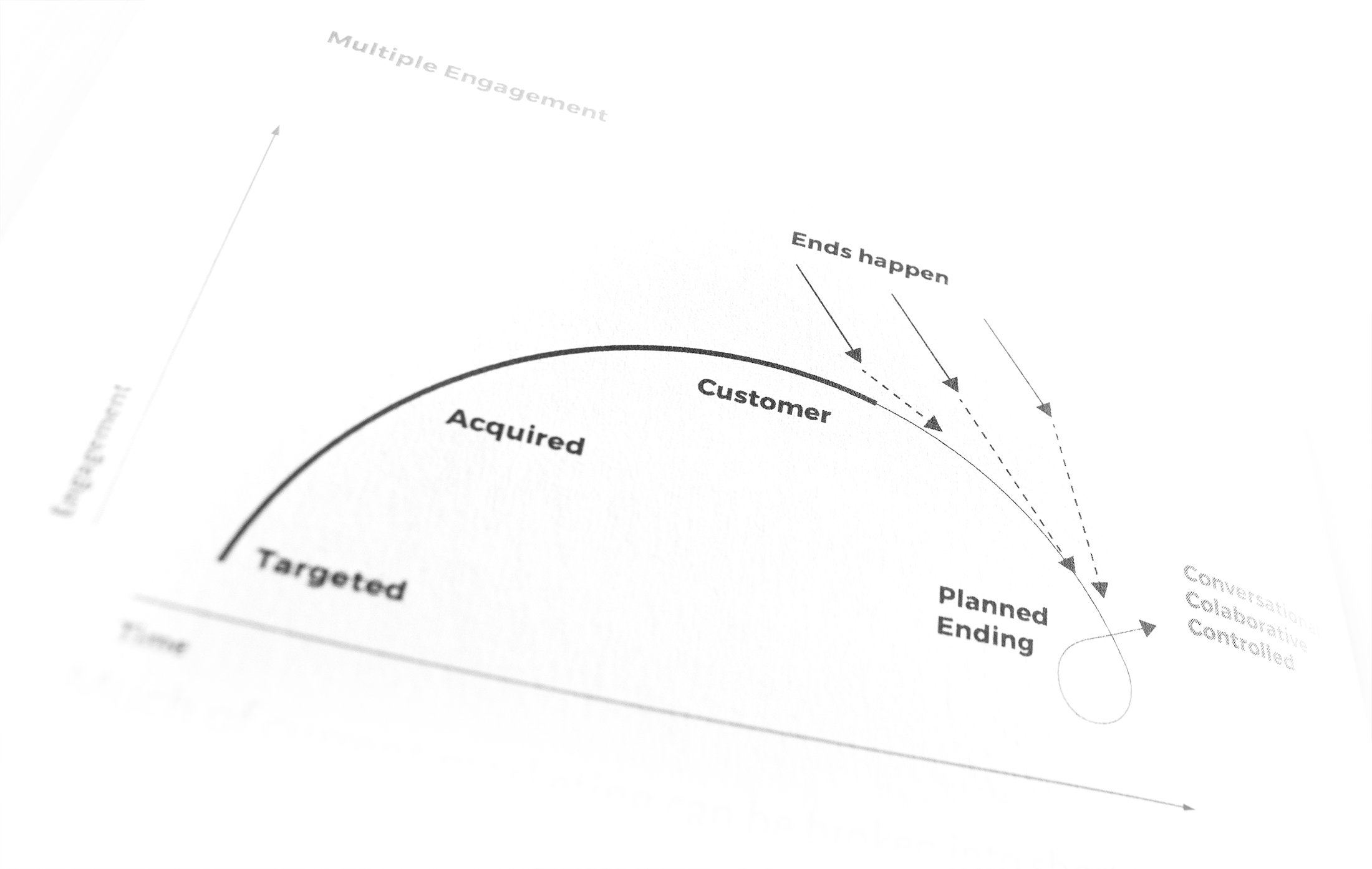
Multiple engagement and an ending strategy
The best of future businesses will look at the ending as part of a longer strategy. This would be one that considers a customer’s situation across multiple engagements. These may be scattered over years, maybe even decades. In such a case a business needs to consider itself a multiple engagement provider. It would take the off-boarding as seriously as the on-boarding.
